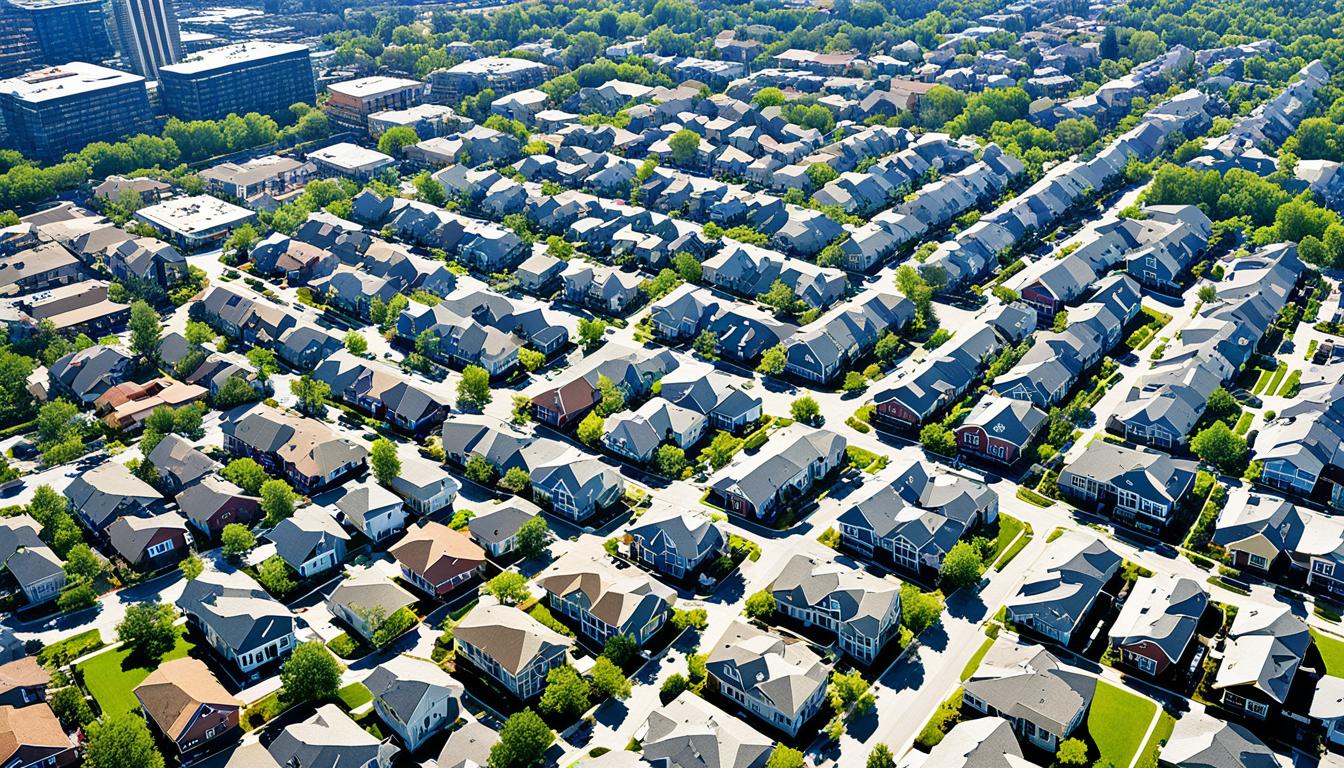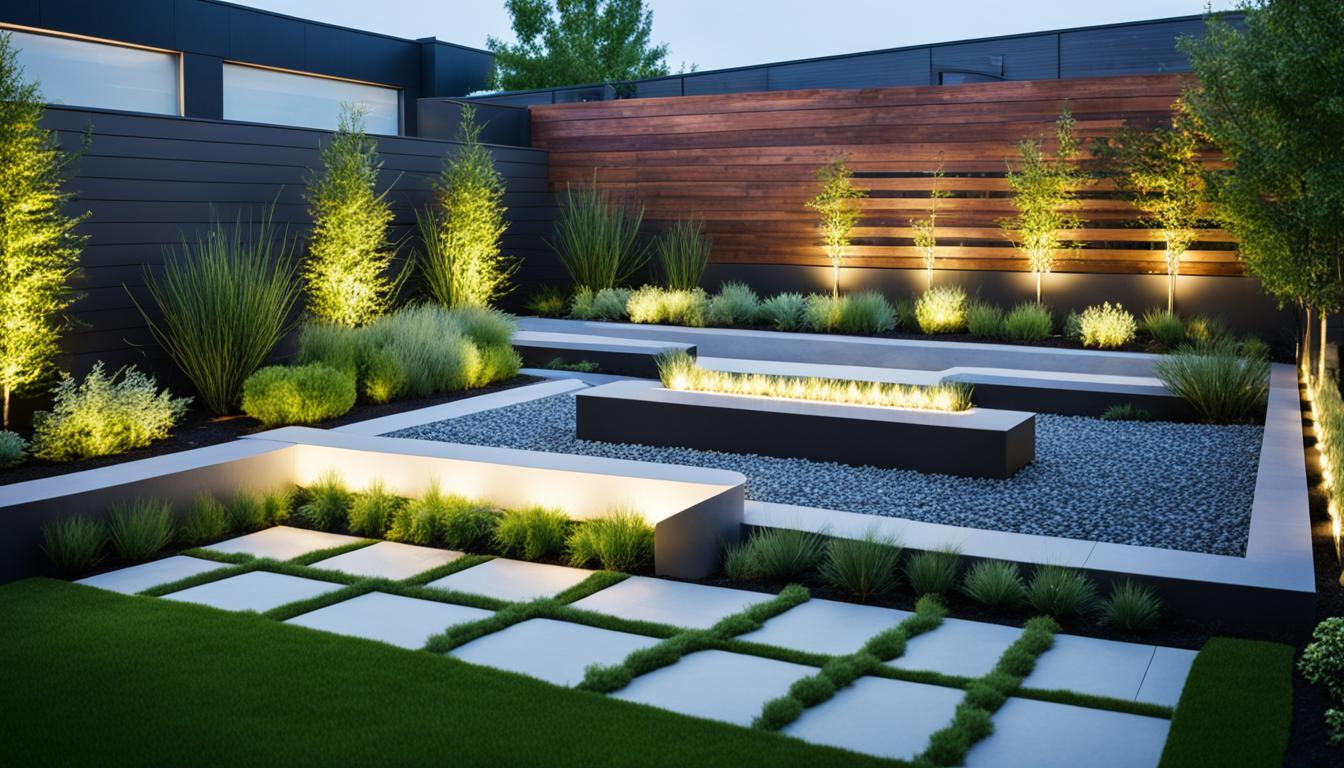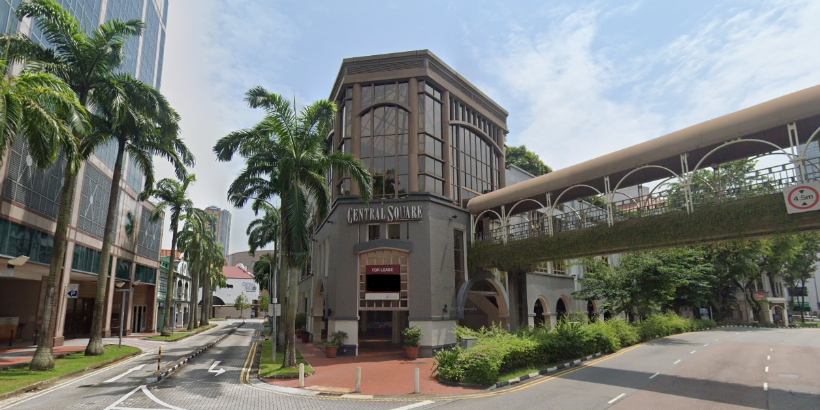
When it comes to financing your home improvement projects, you’ve got a world of options at your fingertips. Let’s dive into the five main types of home improvement loans and discover the ins and outs of each, helping you make the best choice to suit your specific needs.
What is a Home Improvement loan?
A home improvement loan is a tailored personal loan designed to provide the funds you need for emergency home repairs, renovations, or improvement projects. From fixing a leaky roof to giving your kitchen a complete makeover, these loans are your financial lifeline.
Compared to credit cards, home improvement loans generally offer lower interest rates, fixed repayment terms, and predictable monthly payments. Now, let’s delve deeper into how these loans work.
Whether you decided for a secured or an unsecured home improvement loan, the process is quite similar. You receive a lump sum, which you repay over a predetermined period with a fixed interest rate. These funds can be used for various expenses, including permits, contractors, equipment, materials, and labor, whether you’re tackling one significant project or a series of smaller ones.
Regardless of your project’s duration, you’ll start making monthly payments right away. The exact amount depends on your loan amount and interest rate. When selecting a loan, it’s crucial to ensure it fits comfortably within your budget, covering both regular payments and unexpected renovation expenses.
Exploring the Different Types of Home Improvement Loans
Personal Loans
Personal loans are typically unsecured, relying on your credit score and income to determine eligibility. While they may come with slightly higher interest rates, borrowers with stable income and excellent credit can secure rates as low as 4.6 percent.
Home Equity Line of Credit (HELOC)
HELOCs use your home equity as collateral, offering the flexibility of credit cards with substantially lower interest rates. They are ideal for ongoing projects without a fixed budget.
Home Equity Loan
Similar to HELOCs, home equity loans also use your home equity as collateral. However, they usually feature lower interest rates due to their secured nature. These loans are an excellent choice for those with less-than-perfect credit.
Cash-Out Refinance
Cash-out refinances involve replacing your existing mortgage with a new one that allows you to tap into your home’s equity. Typically, you’ll need at least 20 percent equity in your home, making them suitable for extensive renovations.
Government Loans
The U.S. Department of Housing and Urban Development (HUD) offers Title I Property Improvement Loans, catering to eligible homeowners looking to renovate their homes affordably. These loans can also be used in conjunction with a 203(k) Rehabilitation Mortgage for renovation or improvement projects.
Is a Home Improvement Loan Right for You?
Determining whether a home improvement loan is the right choice depends on several factors. For larger projects with multiple expenses, like a kitchen remodel, these loans can be an excellent fit. If you have a good credit score and are offered a competitive interest rate, they become even more appealing.
However, if your budget is already stretched thin, it might be wise to wait and improve your credit score to secure a lower rate in the future. Remember that even loans with low interest rates can become costly, so it’s essential to ensure you can comfortably manage repayments while preserving your credit score.
In conclusion, home improvement loans can be a valuable tool for funding significant projects. While they might not suit every homeowner, they can provide a solid financial foundation if you understand your budget and have a good credit history.









